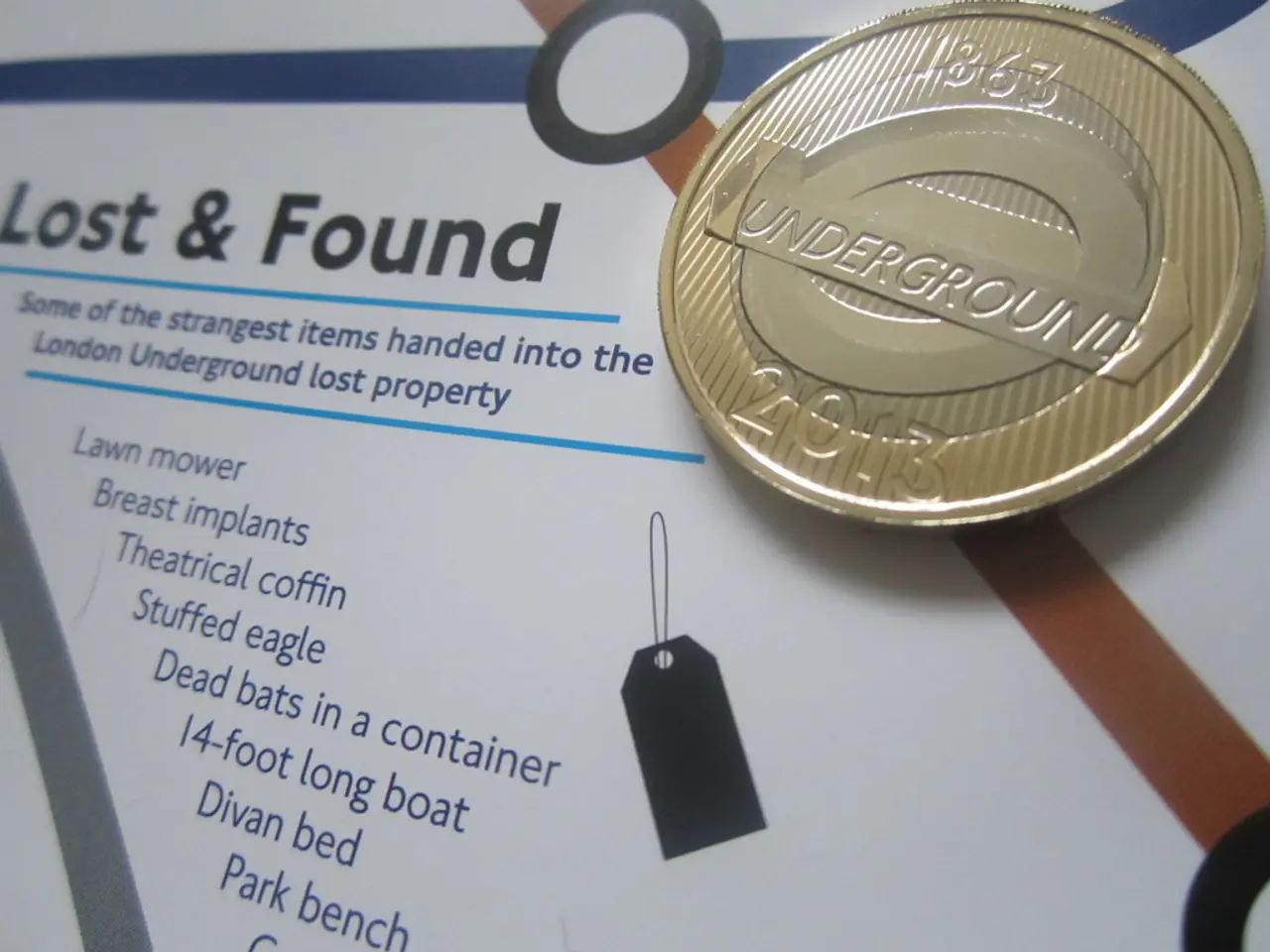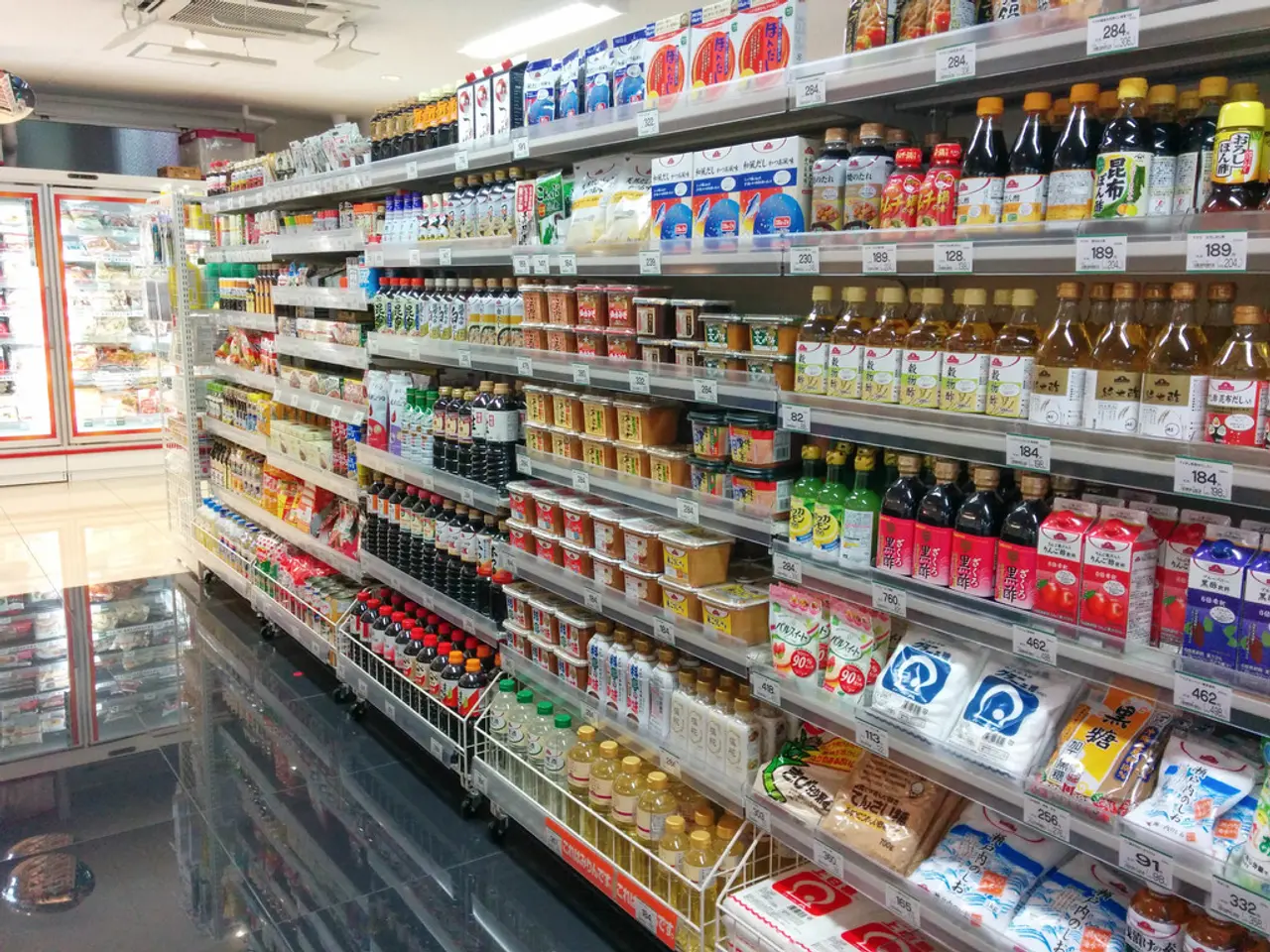SaaS companies thrive with effective graphic design, fostering business prosperity.
In the fast-paced world of Software-as-a-Service (SaaS) brands, the importance of effective graphic design cannot be overstated. A well-designed SaaS product not only appeals to the eye but also supports user understanding, smooth workflows, and clear calls to action—key drivers of higher conversions and stronger user retention.
A clean and organized structure on a website or app helps users navigate easily, ensuring they can find what they need quickly and without frustration. However, hiring a talented designer or agency for graphic design services can be expensive, making it a significant investment for many SaaS companies. Collaborating with a dependable, on-demand design service like website.co can provide high-quality designs quickly and economically, making it an attractive option for SaaS brands.
Effective strategies for implementing graphic design in SaaS companies focus on clarity, user-centric design, and visual cues that guide action. One key approach is defining clear visual purposes and knowing your audience. Graphics should have a clear purpose that aligns with what you want users to understand or do, such as showing retention trends or feature usage. Tailoring visuals to the audience’s familiarity and needs—marketers vs. developers, for example—makes them more effective and meaningful.
Simplifying and speeding up the onboarding process with clear visual guidance is another crucial strategy. Use graphics to make the onboarding process intuitive and easy to follow. Step-by-step visual cues help new users understand key features without overwhelming them, boosting early engagement and retention.
Creating an intuitive, consistent design system is also essential. A clean, simple layout with consistent colors, iconography, and design patterns reduces friction, helps users complete tasks faster, and builds trust. Visual elements should enhance usability, not distract from it.
Subtle visual cues can also be used to direct users to conversion goals. Employ arrows, lines, micro-interactions, and illustrations that naturally guide users’ attention towards important elements like call-to-action buttons. These subtle hints can significantly increase conversion rates.
Leaving ample white space around crucial elements ensures they stand out and don’t compete visually with other page elements, reducing frustration and increasing the likelihood of user action. Personalizing visuals based on user behavior can also increase satisfaction and retention.
Iterating designs based on real user data is a continuous process. Continuously test and refine graphics using A/B testing, heatmaps, user feedback, and analytics to keep improving usability and effectiveness. This iterative approach helps adapt the visual design to actual user needs and behaviors.
Great SaaS design simplifies the user experience by guiding users through tasks. Notion, Slack, and Airtable are examples of SaaS brands with great graphic design. Graphic design for SaaS companies encompasses more than aesthetics; it's about function, directing users, reducing uncertainty, and instilling confidence in the product.
Clean, professional design builds instant trust with users. Figma, Canva, and UI kits from sites like Tailwind can help create stunning visuals without starting from scratch. However, designing takes time to get right and can be a time-consuming process.
A well-designed landing page should be simple, clear, and visually appealing to prevent users from leaving immediately. Graphic design services, including UI/UX and product design, are beneficial in creating wireframes and prototypes.
However, there is a risk of rebranding as the product evolves. Look for graphic design services with experience in SaaS, transparent pricing, speed, and flexibility. Good use of color helps a product stand out and makes it easier to use.
Users are more likely to upgrade and churn less if the dashboard is clear, reports are easy to read, and icons are simple to grasp. Visual design is crucial for making a visitor stay on a website or landing page. Good design leads to better user retention, more conversions, easier learning, stronger brand identity, and better marketing materials.
Users are more inclined to return and suggest a product if it appears and feels easy to use. A user forms an opinion about a SaaS website in just 0.05 seconds, based primarily on design. Cluttered layouts or outdated visuals can cause users to click away quickly. Intelligent graphic design can create informative tooltips, visually appealing graphics, and walkthroughs during onboarding.
In conclusion, investing in effective graphic design is a strategic move for SaaS companies. It not only enhances the user experience but also contributes to stronger brand identity, increased conversions, and improved user retention. By focusing on clarity, user-centric design, and visual cues that guide action, SaaS brands can create products that stand out in a crowded market, build trust, and communicate value effectively.
- Collaborating with an on-demand design service like website.co can provide SaaS brands with high-quality graphic designs quickly and economically, making it an attractive option for companies.
- Defining clear visual purposes and tailoring visuals to the audience’s familiarity and needs can make graphics more effective and meaningful, guiding users towards understanding key features and boosting engagement.
- Simplifying and speeding up the onboarding process with clear visual guidance improves usability, enhances early user engagement, and helps new users understand crucial aspects of the product without overwhelm.
- Creating an intuitive, consistent design system with clean layout, consistent colors, iconography, and design patterns can increase trust, reduce friction, and help users complete tasks more efficiently.
- Iterating designs based on real user data through A/B testing, heatmaps, user feedback, and analytics allows for continuous improvement and adapts the visual design to actual user needs and behaviors.




